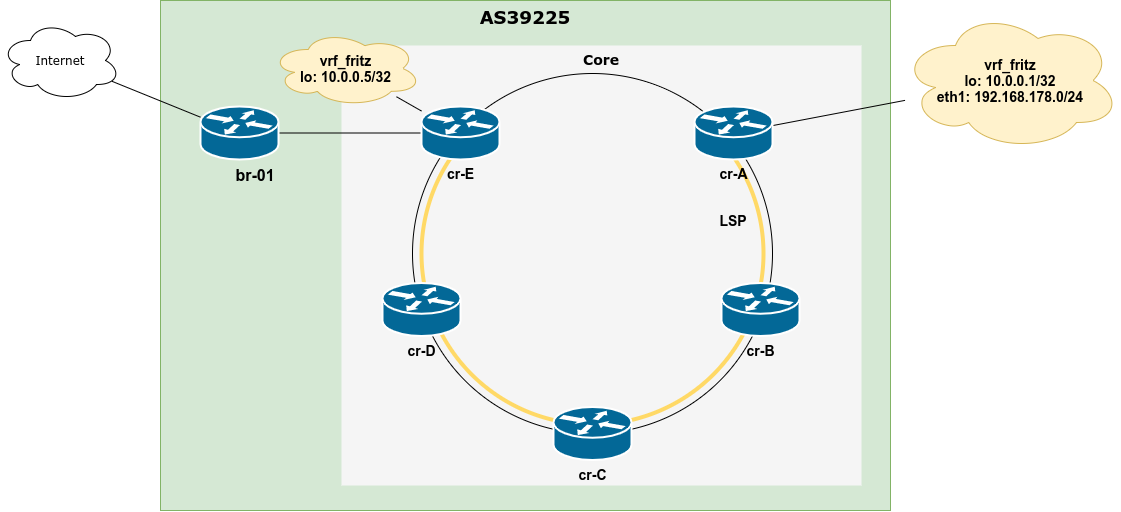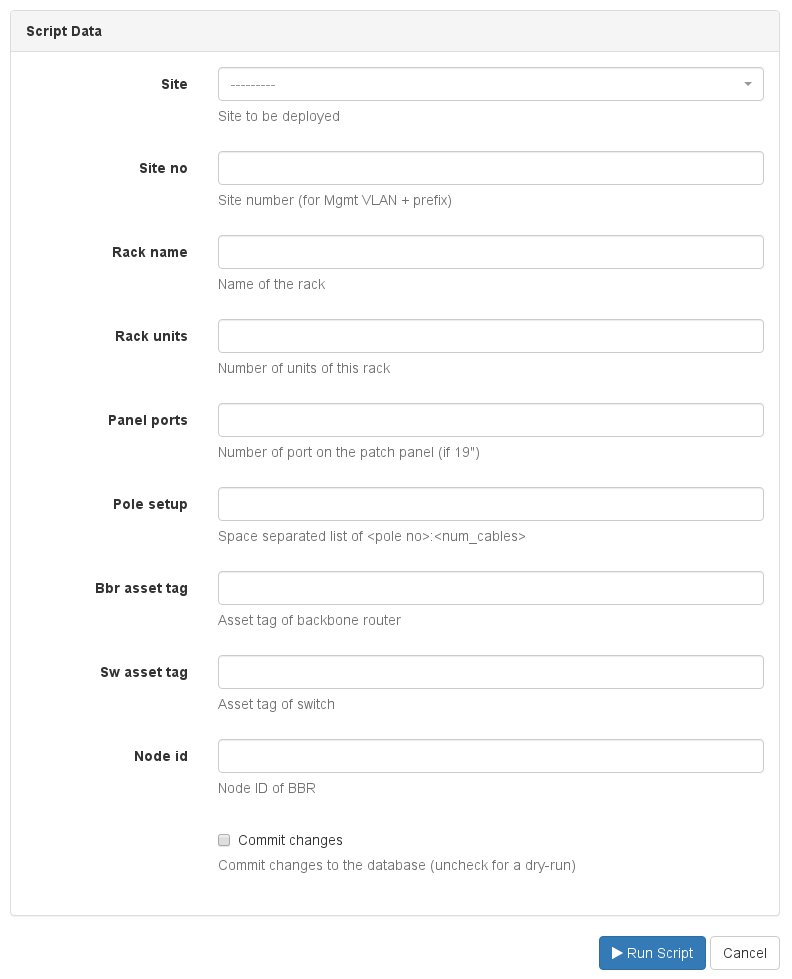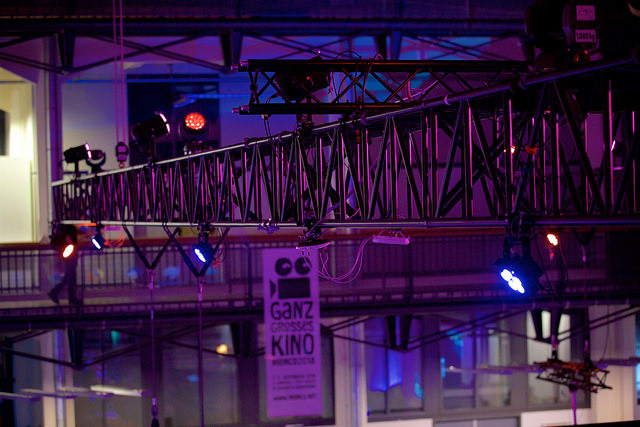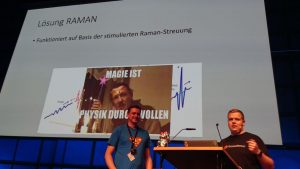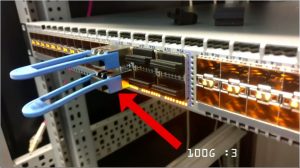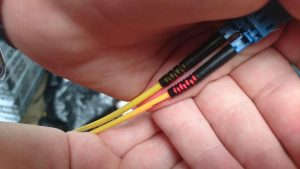One week ago DENOG12 took place virtually as an awesome venueless conference and I had the pleasure to hold a workshop about netbox and how to use it for automation. As promised here are the notes we collected while the workshop and projects that emerged since. This is provided as-is and as I don’t have used most of the external tools/scripts/reports/etc. linked below 🙂
Deployment
I forked the officiall netbox-docker GIT repository to set up netbox as a number of Docker containers and made some small changes, to run the PostgreSQL DB outside of Docker and restarte the container on Docker restarts / system reboots.
As the time of this writing this repo is configured for netbox version 2.9.8.
Device Types
The community Device Type library
Within the netbox-community organization on Github you can find the semi-official community Netbox Device Type library where a lot of Device Types are present and ready to be imported into your Netbox. Be aware that you have to create the Manufacturer first before you can import Device Types for that manufacturer. If you happen to create Device Types for devices which are no present in the library please open a PR – sharing is caring 🙂
Importing multiple Device Types at once
Someone mentioned this script/repository which offers the possibility to import multiple Device Types at once. (I didn’t test it yet :))
Reports and Scripts
This repository hold a bunch of example Netbox Reports for various things within Netbox (circuits, Cabling, IPs/DNS, VMs, etc.) as well as Netbox Scripts to create a VM as well as a geolocator for a site.
My own netbox-scripts repository contains a script to populate a Freifunk Hochstift Backbone POP from one script.
This (archived) repository holds a bunch for tools to import/sync stuff into/with netbox.
Wikimedia seems to use Netbox, too and has open sourced some tooling including a zone file generator.
Other
Johannes wrote an article about adding own buttons within Netbox to open an SSH session into a router.
If you want to extent the authentication options of your Netbox there is a Plugin for SSO using SAML2.
A thread from the Google Group on setting custom fields via the API.
